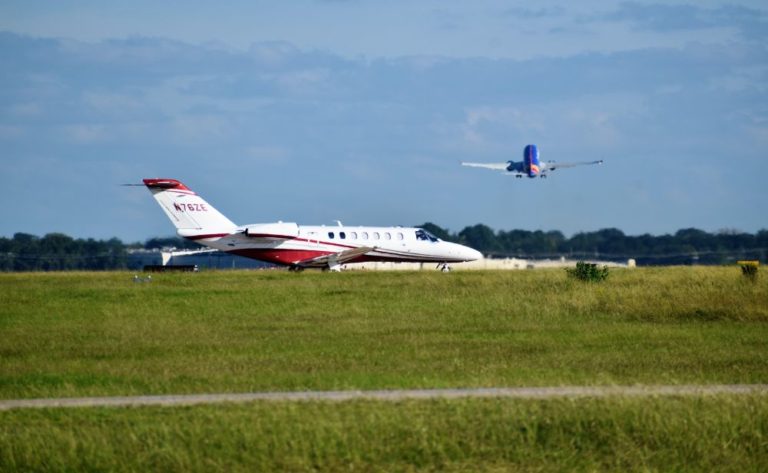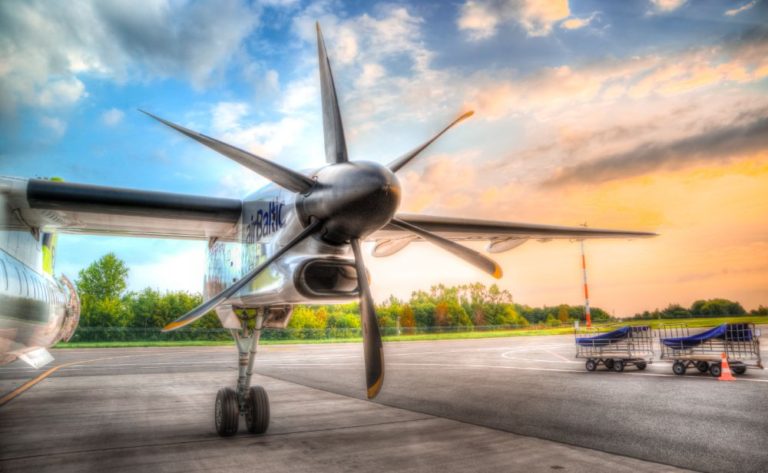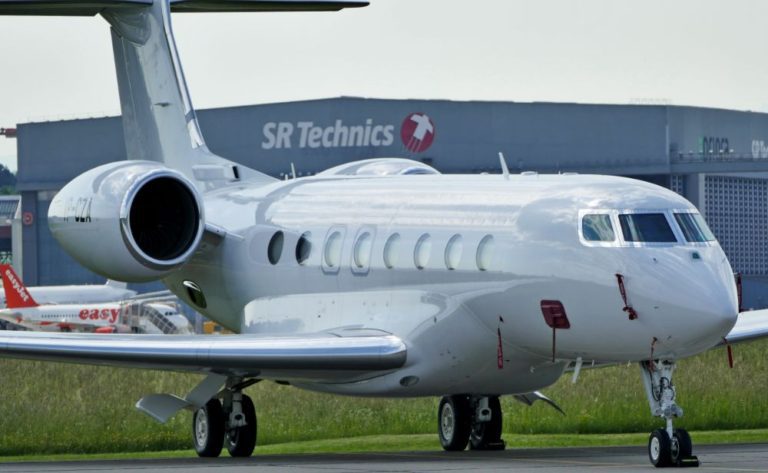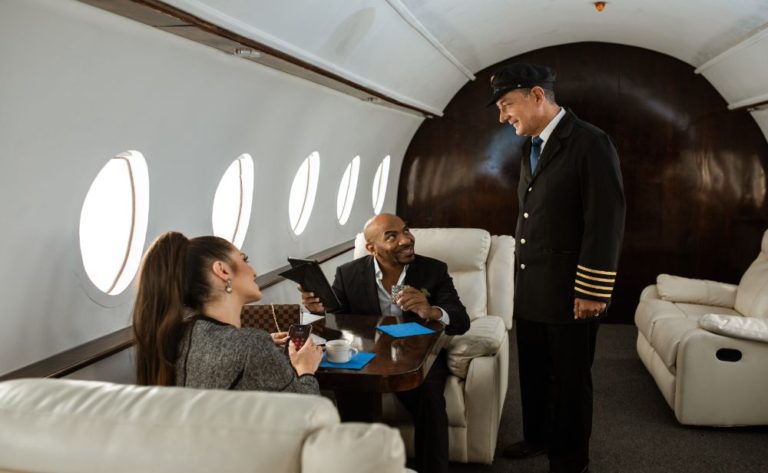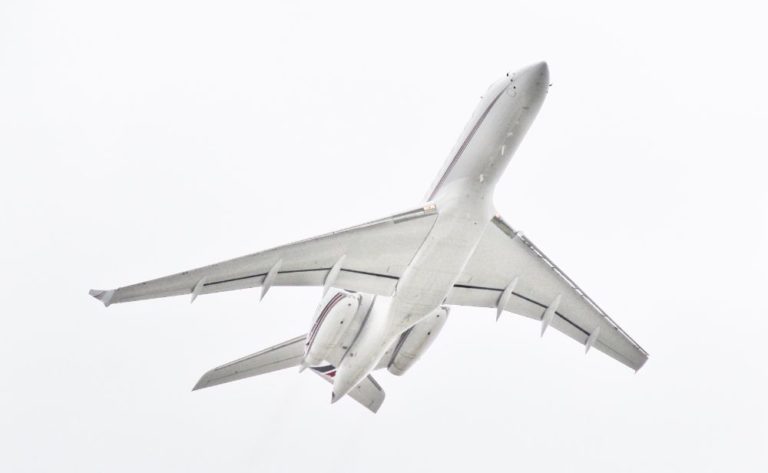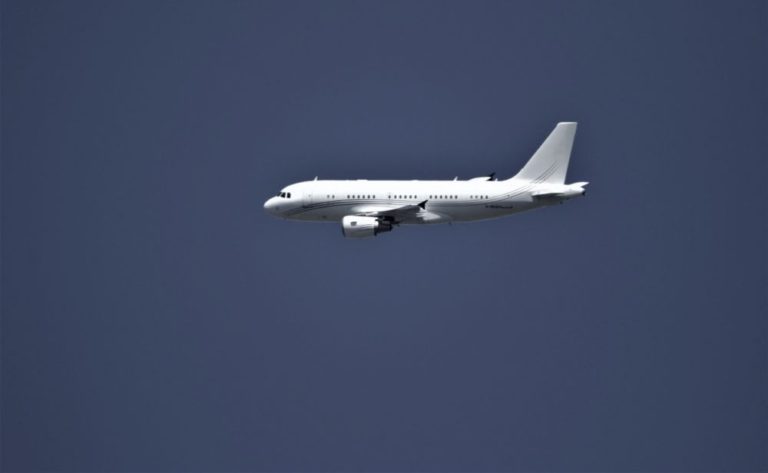The Columbia 400 Specifications

Pilots have a high opinion of the Columbia 400, saying that it is an aircraft of the highest calibre and that its performance is superior to that of the majority of its rivals.
The Columbia 400 comes with the following features and options:
• Powerplant consists of a Continental IO-550 engine
• Max Speed – 235kts
• Cruise Speed – 158kts
• Stall Speed – 69 KIAS
• Ascent at a Rate of 1,500 Feet Per Minute
• Range – 1,107nm
• Fuel Capacity – 98 gallons
• Payload + Fuel – 512lbs
• Seating for a maximum of four passengers (including 1 crew member)
The dimensions are as follows: length: 25 feet and one inch; wingspan: 36 feet and one inch; height: 9 feet; empty weight: 2,500 pounds; maximum takeoff weight: 3,600 pounds
After conducting extensive research on Columbia’s aircraft, I have accumulated sufficient data to provide a comprehensive summary of the 400’s technical requirements and capabilities. As a result of the merger between these two aircraft manufacturers, the specifications for the Columbia 400 and the Cessna 400 are frequently confused with one another, according to the findings of my research.
An Overview of the Columbia 400
In common parlance, the Columbia 400 is also known as the Cessna 400 and the Cessna TTx. This aircraft has a low-wing configuration, a single engine, and a single gear for its transmission system. The aviation world holds this aircraft in the highest esteem, and it has received widespread appreciation for its excellence. The Columbia 400’s specifications and performance capabilities are so amazing that it currently holds the record for the fastest single-engine fixed-gear plane ever produced.
2004 marked the beginning of production of the Columbia 400, and after its first voyage, the aircraft received prompt and enthusiastic approval. The Columbia 400 continued to be produced up until the year 2018, when it was finally taken off the market. However, the path that led to the retirement of this aircraft was quite an intriguing one; the primary reason for this was the merger that took place between Columbia and Cessna in the year 2007.
Cessna is widely regarded as one of the most prestigious brands in the aerospace business due to the high quality of the aircraft that the company has produced over the course of its history. In 2007, Cessna merged with Columbia, and the two companies worked together to rebrand the Columbia 400 as the Cessna 400. This collaboration was the outcome of Cessna’s acquisition of Columbia. Because of this, there is a degree of uncertainty regarding the proper designation of this aircraft, as it is frequently referred to by either of the two names given above, depending on who you ask.
Many pilots believe that the Columbia 400/Cessna 400 is one of the best single-engine planes that have ever been manufactured because it is a top-of-the-line aircraft with top-of-the-line performance. The Columbia 400/Cessna 400 is a top-of-the-line aircraft with top-of-the-line performance. It was introduced as a follow-up model to the Columbia 300 and 350, both of which shared pretty comparable technical specifications and aesthetic qualities but were powered by engines with a lower output.
The Columbia 400 comes equipped with a turbocharged Continental IO-550 engine, which is one of its defining characteristics. The Columbia 400’s innovative design, along with its body made of composite material and its superior engine, are what enabled it to become the fastest aircraft in its league. As a result, production of the plane continued for nearly 15 years, during which time it set a number of speed records.
When evaluating the Columbia 400, the year 2013 is an important year to keep in mind because that was the year that an upgraded version of the aircraft, the Cessna TTX model T240, was released. Even though the design of the plane was identical to that of its predecessor, one of the most popular iterations of the Columbia 400 is the Cessna TTX model T240. This is because the plane’s avionics and interior have been upgraded.
Specifications for the Columbia 400
When Columbia first introduced the 400, this aircraft was met with a lot of praise for the impressive specifications it offered as well as the performance it was capable of. The Columbia 400 is the world’s fastest single-engine fixed-gear plane, and it has a lot to offer a pilot. It is an excellent aircraft for hobby flying as well as casual taxiing, and it holds the record for being the world’s fastest single-engine plane.
The Columbia 400 has undergone a number of modifications and enhancements over the course of its history. Because of this, the specs of this aircraft can have some degree of wiggle room depending on the year that is being considered. Let’s take a more in-depth look at the Columbia 400’s technical characteristics, shall we?
General Specs
• Seating for a maximum of four passengers (including 1 crew member)
The dimensions are as follows: length: 25 feet and one inch; wingspan: 36 feet and one inch; height: 9 feet; empty weight: 2,500 pounds; maximum takeoff weight: 3,600 pounds
Specifications regarding Performance Highest possible speed is 235 knots; cruising speed is 158 knots; stall speed is 69 kias
• Payload plus fuel capacity is 512 pounds
• Range is 1,107 nautical miles
• Rate of climb is 1,500 feet per minute
• Fuel capacity is 98 gallons
• Range is 1,107 nautical miles
Engine
The engine that powers the Columbia 400 is a Continental IO-550, which has a power range that extends from 280 horsepower (209 kW) all the way up to 360 horsepower (268 kW). The high top speed of the Columbia 400 can be attributed in large part to the six-cylinder Continental piston engine that it is powered by.
Because routine maintenance is so important to preserving the life of this engine, Columbia/Cessna suggests setting the time before overhaul (TBO) to 2,000 hours.
Columbia 400 Cost
When you commit to purchasing this plane, you will not be disappointed by the excellent performance of the Columbia 400, which is a single-engine aircraft. It may be purchased right now for a price that is considered to be rather fair, which is approximately $450,000, with the majority of estimations falling anywhere from $420,000 to $485,000.
However, there are a great many Columbia 400s available for purchase at prices that are far greater than this one. The condition of the aircraft, in addition to any model variations it may have, will, of course, have a substantial bearing on the total financial worth that is assigned to it. Let’s take a more in-depth look at the expenses involved in purchasing and maintaining a Columbia 400.
Comparison of a New and Used Columbia 400
There are not many aircraft in the Columbia 400 series that are still in brand-new condition. This is primarily because to the fact that production of the plane was halted in 2018. Having said that, many pilots and collectors have left their Columbia 400s in an almost unused state, which means that it is quite feasible to discover an alternative on the market that is in pristine shape.
The price of a brand new Columbia or Cessna 400 is likely to be quite a bit higher than the price of a used one, with aircraft retailing for approximately $650,000 right now. This is for a standard Columbia/Cessna 400 aircraft that has not been modified in any way beyond the standard configuration that was installed by the manufacturer. There is a possibility that a customised Columbia 400 will set you back more than this amount.
In spite of the fact that the price of a used Columbia 400 is often around $450,000, the fact of the matter is that you may in fact find them for less money than this. The vast majority of planes that are sold at this price are still relatively new and are almost certainly variations of the Cessna 400 that were manufactured after 2007. Older models of the Columbia 400 that were manufactured between 2004 and 2007 can be purchased for as little as $325,000 to $410,000. These models are available for purchase.
Columbia 400 Variable Costs
When purchasing an aeroplane, the one thing that you really must not forget to take into consideration is its variable prices. The acquisition of a plane is a significant choice for the vast majority of individuals, and the variable costs associated with it can quickly build up, particularly if the aircraft is difficult to maintain.
Having said that, when compared to the costs of other planes in its category, the variable costs of the Columbia 400 are actually pretty reasonable. The overall variable costs of the Columbia 400 are around 104 thousand dollars, but this number is subject to change based on the amount of time the aircraft is in service. When the total fixed costs of $27,500 are taken into account, the total annual variable costs will add up to approximately $132,000.
Because maintaining a Columbia 400 still requires a significant amount of work, you should budget approximately $293 for every hour of flight time. This is one of the reasons why you can expect to pay this amount. There is a large amount of variation in fuel prices, and it is difficult, to say the least, to estimate the lifetime variable costs of owning a Columbia 400.
Columbia 400 Insurance Costs
When purchasing a Columbia 400, you have the ability to choose from a wide variety of insurance policies, the two most common of which are liability and hull coverage.
Insurance firms will typically provide better rates to pilots who have both the necessary qualifications and significant industry experience. If you have logged a respectable amount of flight time in the past, you may be eligible for a discount on your annual insurance premium that could save you thousands of dollars. On the other hand, you should be prepared to pay a higher premium for your insurance package if you are new to flying and have little experience under your belt.
In addition, the insurance premium for a Columbia 400 model that has been upgraded with amenities such as improved avionics will often be more. This is especially frequent with models that have been produced after 2013, which are the options that are the most expensive currently available.
Insurance for Legal Obligations
You will be obliged to have at least one sort of insurance coverage, which is liability protection, even if you choose to purchase additional insurance for your Columbia 400. However, you always have the option to do so. Because of this, there is no way to get around making this annual payment; this is because it will ensure that you are insured in the event of an accident.
Because the Columbia 400 is a moderately priced aircraft, the annual premium for liability insurance for experienced and competent pilots should not exceed the range of $560 to $750. Liability insurance is going to cost you between $800 and $1,000 more each year if you are a beginner pilot who does not have a significant amount of flight time under their belt.
Insurance for the Hull
It is strongly advised that supplemental insurance be purchased to guard the aircraft’s structural soundness given that the Columbia 400 is a relatively new aircraft that comes with a price tag in the middle of the spectrum. This type of insurance is referred to as hull insurance, and it will pay for repairs to your Columbia 400 if it is damaged.
When compared to liability coverage, the annual premium for hull insurance is going to be quite a bit higher. This is primarily due to the average value of the aircraft being greater than $400,000 at the time of purchase. In light of the aforementioned, if you are an experienced and qualified pilot, you can anticipate paying anywhere from $4,000 to $6,500 annually for hull insurance.
Costs for the Columbia 400 Modification
Although the Columbia’s specifications are solid, many pilots have elected to enhance and customise their aircraft by adding in a variety of bespoke components in recent years. This is not something that is typically done with models that were manufactured after 2013, as they typically already have more recent avionics and an improved interior.
If you have a Columbia 400 model that was manufactured prior to 2013, particularly between the years of 2004 and 2007, going with an option for further modifications is a fantastic method to bring the aircraft up to date and boost its resale value. Having said that, the list of potential modifications that you can choose to install into an early edition of the Columbia 400 is rather vast, and the price of upgrades might vary greatly depending on the specific update.
The avionics are the component of any older aircraft that is modified or updated the most frequently. The avionics included in the 2013 model are an upgraded version of the Garmin G2000 14, which is far superior to anything that was utilised in the models that came before it. Depending on the equipment that you decide to install, upgrading the avionics of the original Columbia 400 could cost you up to $10,000. However, the price could be even higher.
Is the Columbia 400 Expensive to Keep Up With Regards to Maintenance?
If you are thinking about purchasing a Columbia 400, one important aspect of this aircraft that you need to bear in mind is how much it costs to do maintenance. The annual maintenance costs for the Columbia 400 are estimated to fall anywhere between $5,000 and $10,000, which is a fair range for an aircraft with these specifications.
The cost of maintaining a Columbia 400 can vary in price depending on a number of factors, the most important of which is the frequency with which it was serviced by the previous owner, as well as the model variant of the aircraft. On well-maintained Columbia 400 aircraft, the annual maintenance cost often does not go above $5,000 to $10,000.
On the other hand, if the Columbia 400 has been neglected, there may be a number of underlying problems with the aircraft. This not only calls into question the possible costs of upkeep for the aircraft but also calls into question its reliability.
What kind of a track record does the Columbia 400 have?
I consider dependability to be the single most crucial quality that should be present in an aeroplane, and I believe that it should be the primary selling point for anyone who is shopping for a pre-owned jet. It is generally agreed upon that the Columbia 400 is an exceptionally dependable aircraft that delivers outstanding performance.
This aircraft has been on the market for close to twenty years, and since its introduction, there have been very few customers who have expressed dissatisfaction with it. The Columbia 400 has established itself as a plane of world-class calibre, with capabilities that are among the best in their class as a result of the overwhelmingly good responses it has received from pilots and aviation critics.
The fact that this aircraft just has a single engine and a fixed-gear configuration suggests that it is less complicated to maintain and will result in lower expenses for upkeep over the course of its lifetime. The fact that the Columbia 400 has a turbo, which can significantly increase the cost of its lifelong maintenance, is a drawback, though. As a result of the additional heat that is produced by the turbo, this can frequently lead to increased maintenance work as well as potential mechanical issues.
Why Did They Stop Making the Columbia 400 Model?
Because the Columbia 400 is such a well-known aircraft and because its technical specifications are so impressive, one must wonder why the model was ever phased out. The owners of this plane as well as those who write about aviation have given it a very positive review, but in the end it was taken off the market because it didn’t sell very well.
The Cirrus SR22 emerged as the most formidable rival to the Columbia/Cessna 400 in the final few years that this aeroplane was available for purchase. Despite the fact that the Columbia/Cessna 400 had superior specifications and performance compared to the SR22, it was unable to produce sufficient sales to make it a sustainable model in the aviation industry so that it could continue to exist.
During its later years, the Columbia/Cessna 400 was just unable to compete; in 2017, the SR22 performed significantly better than it had in previous years. Cessna made the decision to stop producing the 400 shortly after this loss, which resulted in the cessation of aircraft production for the model in the year 2018.
Should You Spend Your Money on a Columbia 400?
If you are interested in purchasing an aircraft of world-class standard and have access to funds in excess of $400,000, the Columbia 400 is an excellent option to consider. The Columbia 400 is the world’s fastest single-engine fixed-gear aircraft, which is a feature that has swayed the opinions of many pilots who were on the fence between the Columbia 400 and its rivals. This plane is of the highest quality, and it holds the record for being the world’s fastest single-engine fixed-gear aircraft.
When considering whether or not the Columbia 400 is the right choice for you, one thing you should keep in mind is that the aircraft is not pressurised. This is something you should take into consideration. This can be a significant restriction on both your altitude and the locations to which you can fly. If this is not a quality that you require, then the Columbia 400 should be sufficient for your needs.
Last but not least, the Cirrus SR22 is the primary adversary of the Columbia 400. This aircraft’s specifications are comparable to those of the Columbia 400; nevertheless, not only is it less expensive to maintain, but it also has reduced variable expenses. If you are put in the position of having to select between these two aircraft, you should carefully consider whether you would rather save expenses by going with the Cirrus SR22 or increase performance by going with the Columbia 400.
